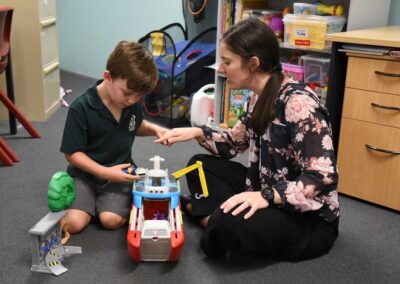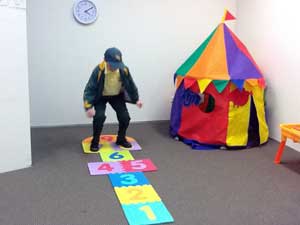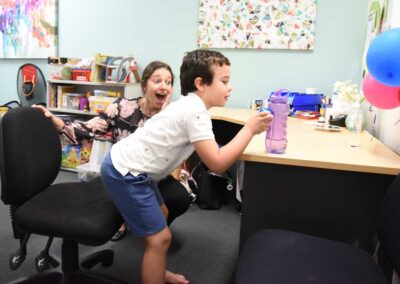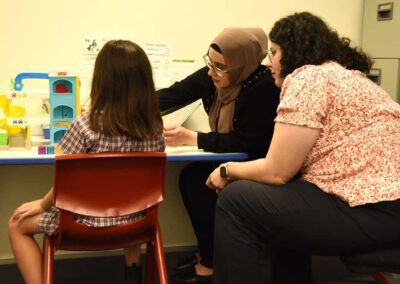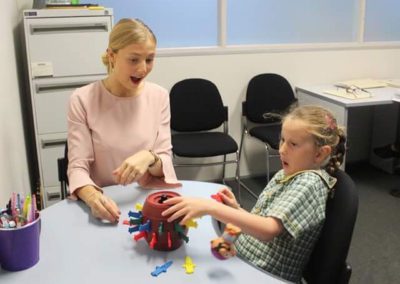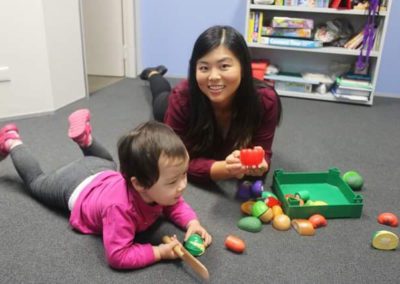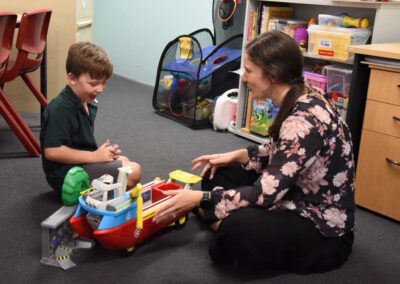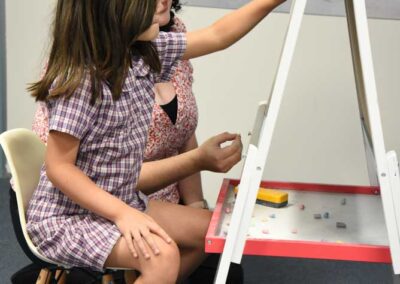
Presentation
Can a child only have an articulation disorder? Yes.
Can a child only have a phonological disorder? Yes.
Can a child have both an articulation and a phonological disorder? Yes, and this is very common.
Phonetic vs Phonemic
To understand the difference between articulation and phonological disorders, we first need to understand the difference between phonetic and phonemic. Articulation disorders occur at the phonetic level, phonological disorders occur at the phonemic level. What does this mean? Think of the phonetic level as the single sound level. It is related to the motor act of producing consonants and vowels by themselves. Think of the phonemic level as the sounds pattern level. It is the organisation of speech sounds in our brain into a system of sound patterns. It is often referred to as the linguistic level or cognitive level.
Articulation Disorders: A Closer Look
Articulation disorders pertain to the physical aspect of speech production, where children struggle with the precise motor skills required to produce specific speech sounds past the age of expected development. It affects the phonetic level (single sounds). These difficulties can manifest as sound substitutions, omissions, additions, or distortions. For example, a common articulation error is the substitution of a “w” sound for an “r” sound, as in “wed” instead of “red.” It’s important to note that this should not be called ‘gliding’, unless there is evidence that it is part of an organisational pattern. If this error is because the child cannot yet produce this sound correctly, it should be labelled as a ‘w’ for ‘r’ substitution.
Potential Causes of Articulation Disorders:
- Physical Factors: Structural anomalies in the oral cavity, tongue, or palate can impede the correct articulation of speech sounds.
- Developmental Factors: Some children may exhibit atypical or delayed development of speech sounds.
- Hearing Impairments: Impaired auditory perception can hinder accurate sound production.
Approaches to Treating Articulation Disorders:
 The approach to treating an articulation disorder will be largely impacted by the cause of the disorder.
The approach to treating an articulation disorder will be largely impacted by the cause of the disorder.
However, predominantly articulation disorders are treated by a traditional motor approach, which is hierarchical.
Each sound deviation is targeted initially through sensory-perceptual (auditory discrimination training), then correct
production is achieved in isolation, in nonsense syllables, in words, in phrases and sentences and then in
spontaneous/conversational speech.
Phonological Processes Disorders: A Clinical Perspective
Phonological processes disorders revolve around the patterns or rules used by children as they simplify speech sound production during the language acquisition process. They occur at the phonemic level (sound patterns). The child has difficulty organising the speech sounds they can say into a system of phonemic contrast, but they don’t have difficulty saying the actual sounds. As children develop, they use phonological processes to make adult speech easier. These simplification patterns are typical in early speech development but may persist beyond the expected age, leading to a phonological disorder.
Potential Causes of Phonological Processes Disorders:
The etiology of these disorders is largely unknown. Often there is a family history of speech disorders. Research is also showing that children with phonological processing disorders often have delays in expressive/receptive language skills. This may indicate that there is something going on with their entire language system.
Clinical Intervention Strategies for Phonological Processes Disorders:
There are numerous treatment approaches that you use to treat a phonological disorder, such as minimal pairs contrast therapy, multiple oppositions, maximal oppositions, cycles approach, treatment of the empty set, etc. The approach that you choose will depend on the individual client and your clinical judgement.
Distinguishing Between Articulation and Phonological Processes Disorders
- Articulation disorders primarily involve difficulties in the precise physical production of individual speech sounds, often related to motoric or anatomical factors.
- Phonological processes disorders encompass broader simplification patterns in speech sound production, frequently tied to language development and characterised by the persistence of these patterns beyond the typical developmental phase.
In conclusion, as seasoned speech pathologists, a comprehensive understanding of the differentiation between articulation and phonological processes disorders is indispensable in tailoring our diagnostic and therapeutic approaches. This knowledge equips us to provide targeted, evidence-based interventions to improve speech production and enrich the quality of life for the individuals we serve.
Source: Speech Therapy Education


